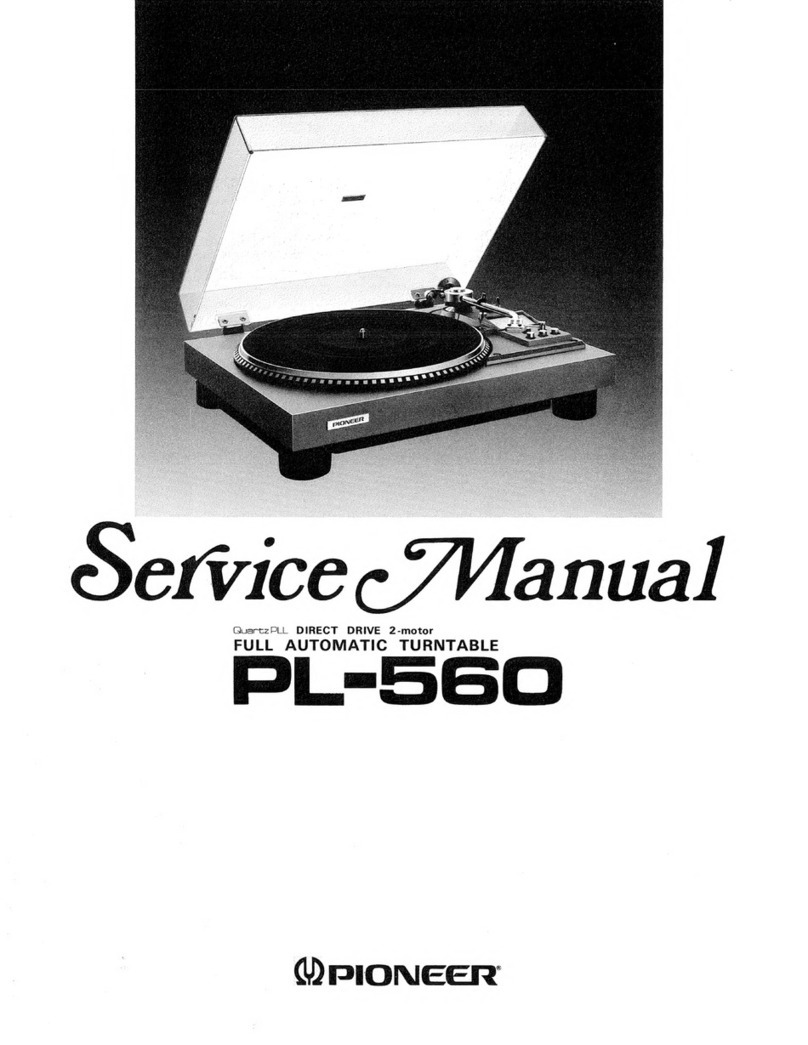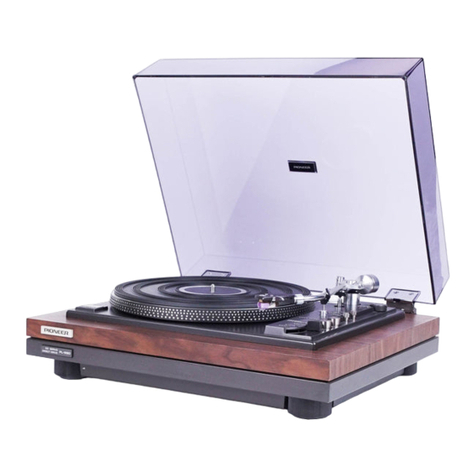Pioneer PL-560 User manual
Other Pioneer Turntable manuals

Pioneer
Pioneer PL-12D User manual
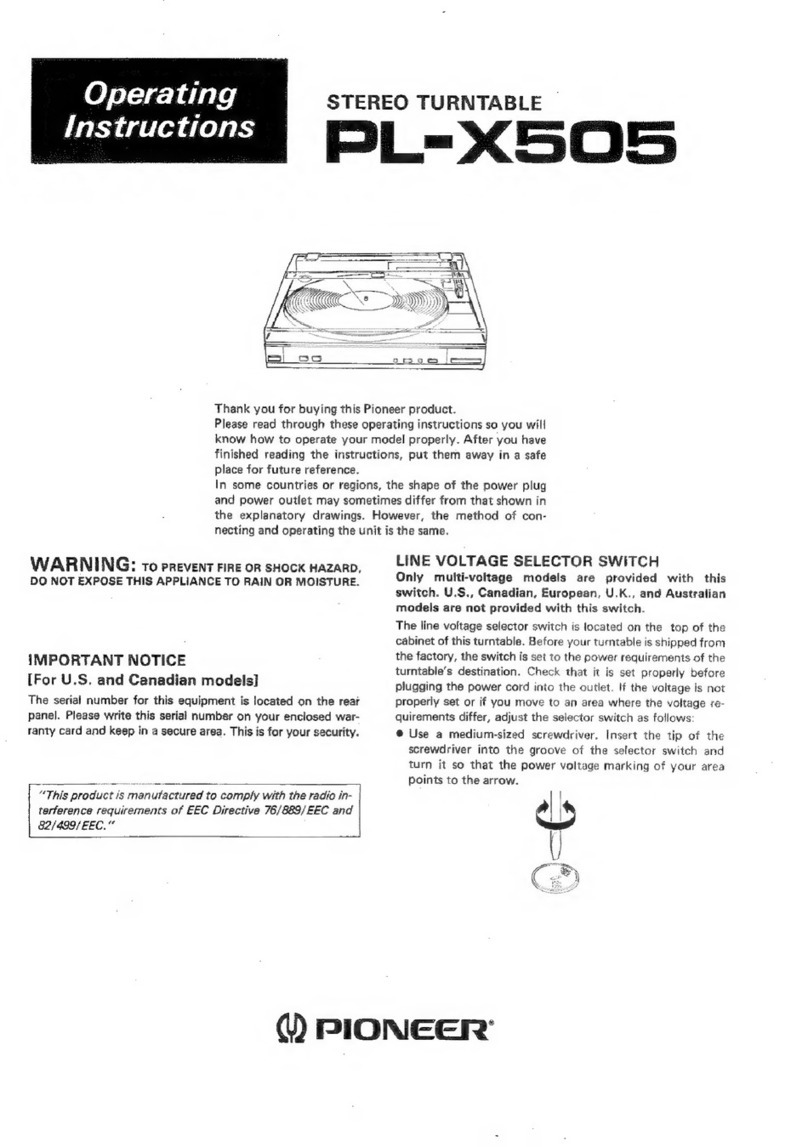
Pioneer
Pioneer PL-X505 User manual
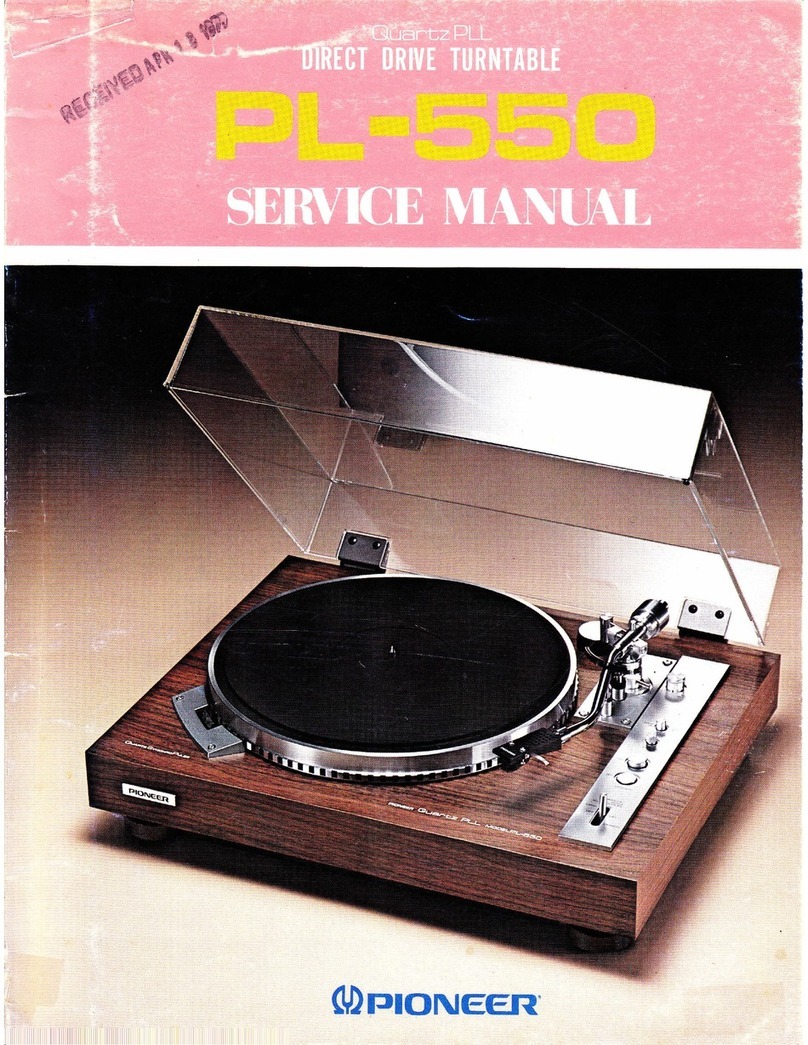
Pioneer
Pioneer PL-550 User manual
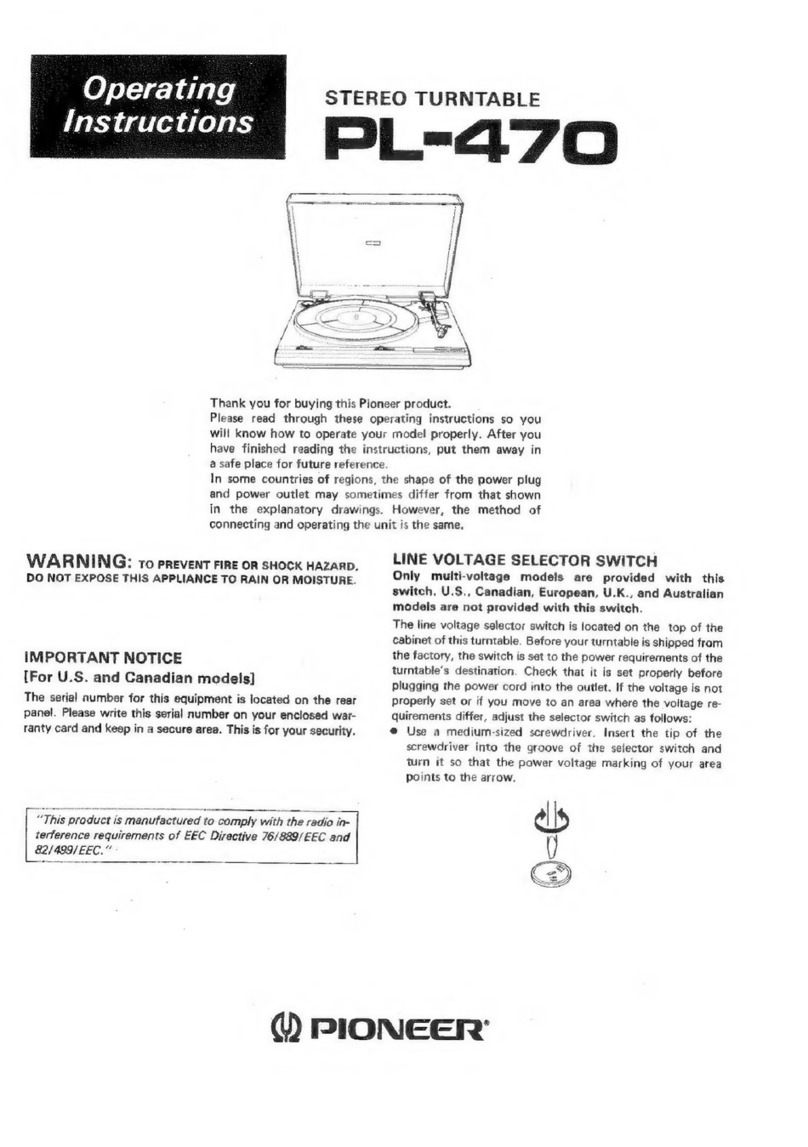
Pioneer
Pioneer PL-470 User manual
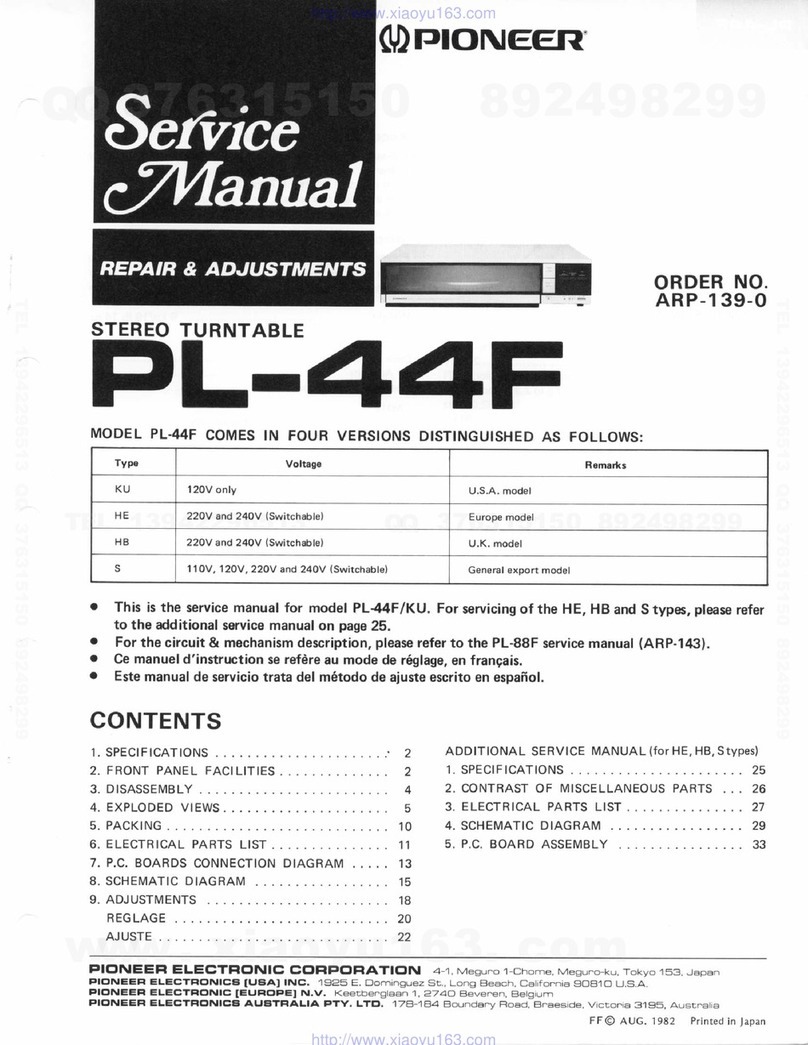
Pioneer
Pioneer PL-44F User manual
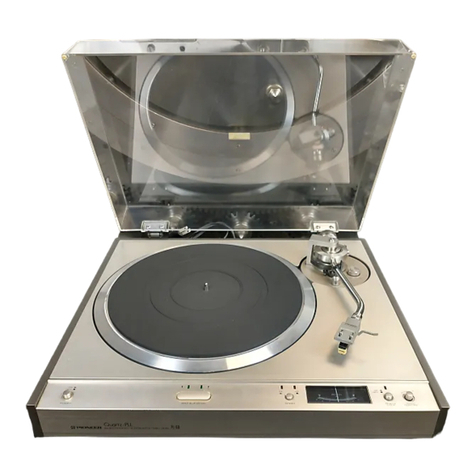
Pioneer
Pioneer PL-610 User manual

Pioneer
Pioneer PL-530 User manual
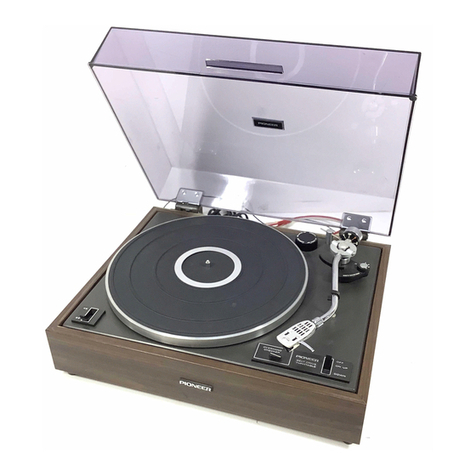
Pioneer
Pioneer PL-12D User manual

Pioneer
Pioneer PL-100 User manual

Pioneer
Pioneer PL-510A User manual
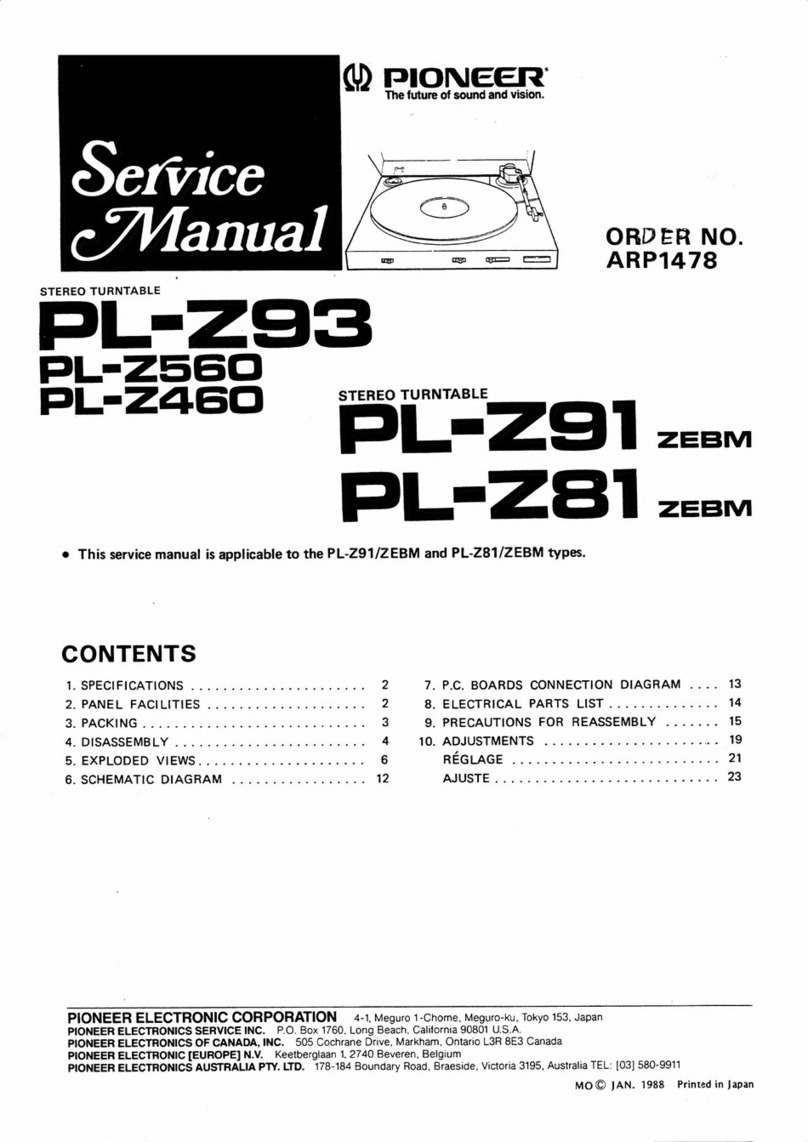
Pioneer
Pioneer PL-Z93 User manual

Pioneer
Pioneer PL-200 User manual
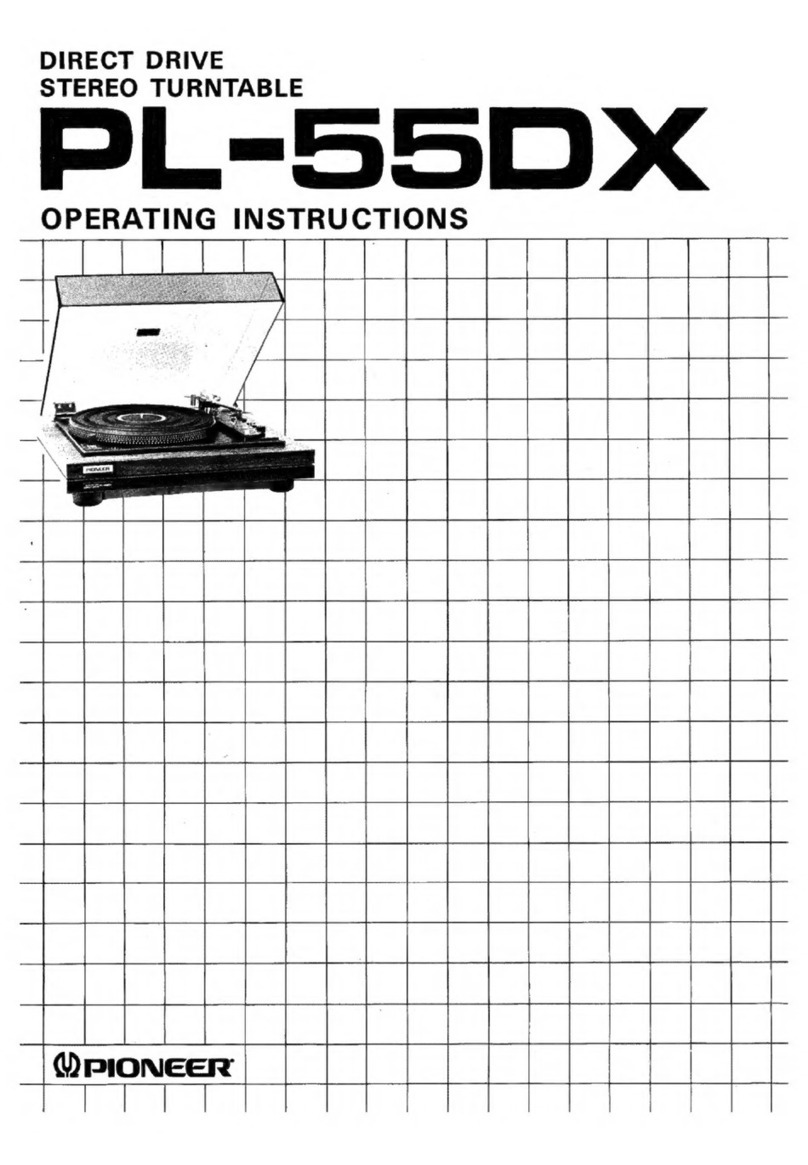
Pioneer
Pioneer PL-55DX User manual

Pioneer
Pioneer PL-570 User manual

Pioneer
Pioneer PL-55X User manual

Pioneer
Pioneer pl-x50 User manual

Pioneer
Pioneer DEH-2790MP User manual
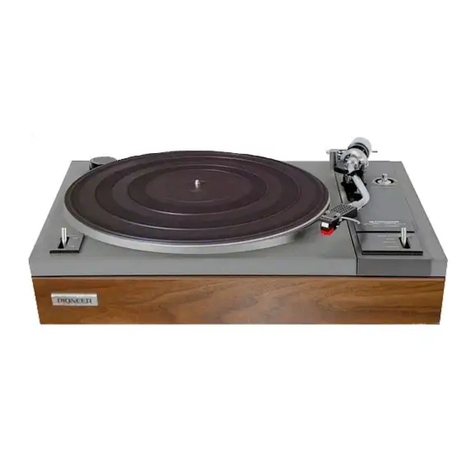
Pioneer
Pioneer PL-112D User manual

Pioneer
Pioneer PL-71 User manual
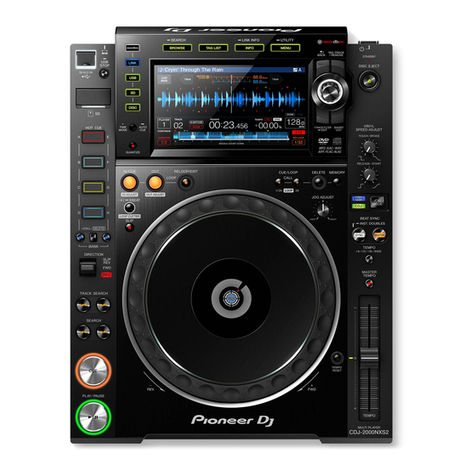
Pioneer
Pioneer CDJ-2000nexus Instruction Manual

